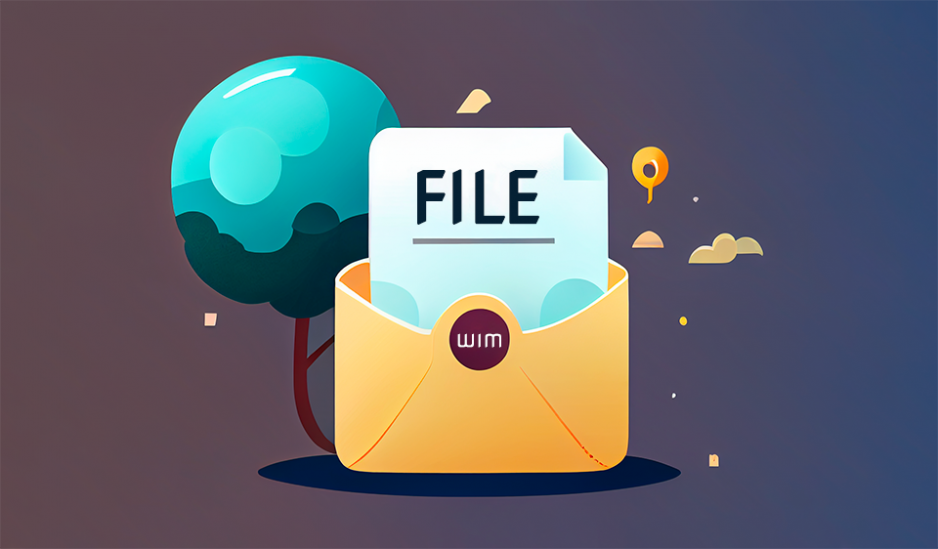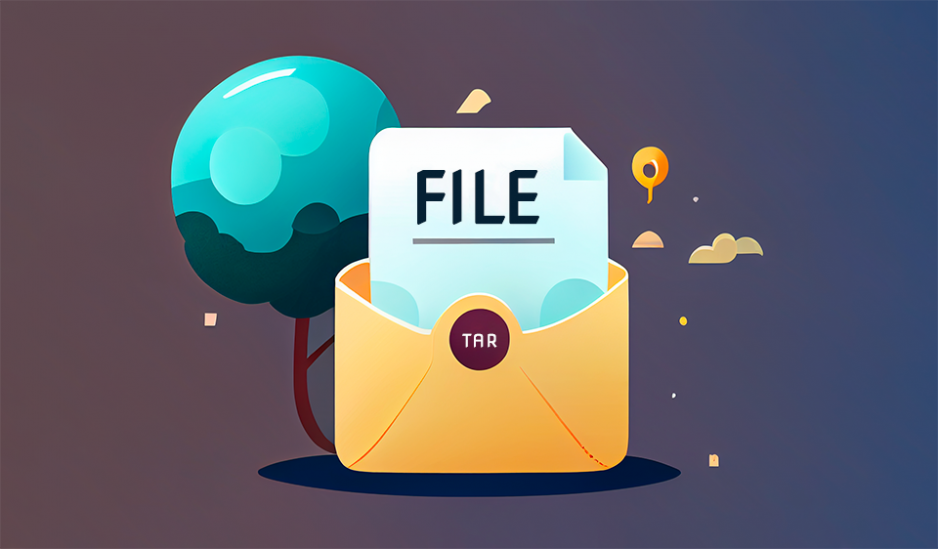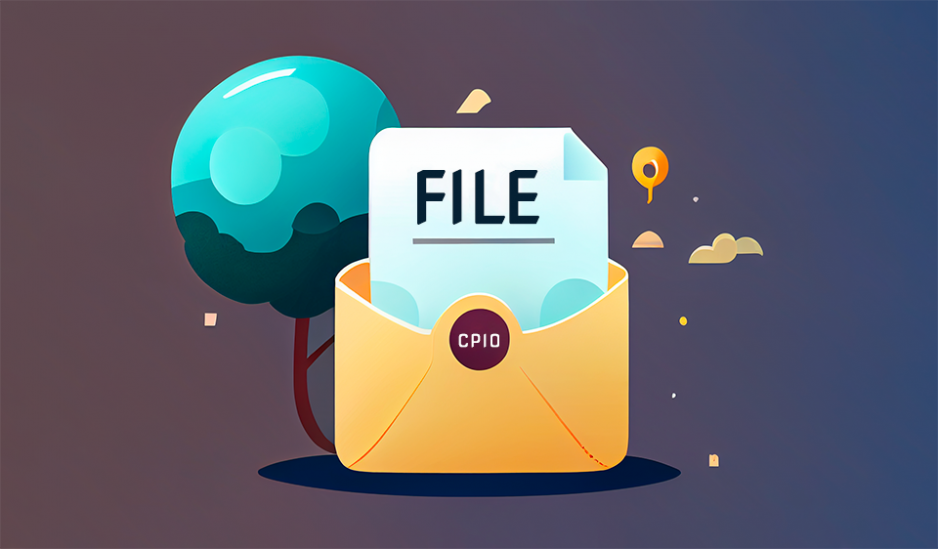What is 7-Zip?
7-Zip is a file archiver and data compression software that uses the 7z file format to compress and archive data. It was developed by Igor Pavlov in 1999 and is available as a free, open-source program for Windows, Linux, and other platforms. 7-Zip is known for its high compression ratios and support for a wide range of file formats.
How does 7-Zip work?
7-Zip uses a variety of algorithms to compress data, including LZMA, LZMA2, and PPMd, which are designed to achieve high compression ratios. It also supports a variety of compression levels, allowing users to trade off compression ratio for speed. 7-Zip stores the compressed data in a 7z file, along with metadata about each file, such as its name, size, and permissions. 7z files can also include multiple files, allowing them to be used for archiving purposes.
Advantages of 7-Zip
There are several advantages to using 7-Zip for data compression and archiving:
- 7-Zip is highly effective at compressing files, often achieving better compression ratios than other popular algorithms such as ZIP and RAR.
- 7-Zip is fast, both in terms of compression and decompression speed.
- 7-Zip is open-source, which means that it can be freely used and modified by anyone.
- 7-Zip supports a wide range of file formats, including 7z, ZIP, GZIP, BZIP2, and TAR.
Uses of 7-Zip
7-Zip is often used to compress individual files, such as text files, images, and executables, to reduce their size. It is also commonly used to create archives of multiple files, such as when backing up data or distributing software. 7-Zip is also frequently used to compress files that are transferred over the internet, such as email attachments, to reduce their size and speed up the transfer process.









